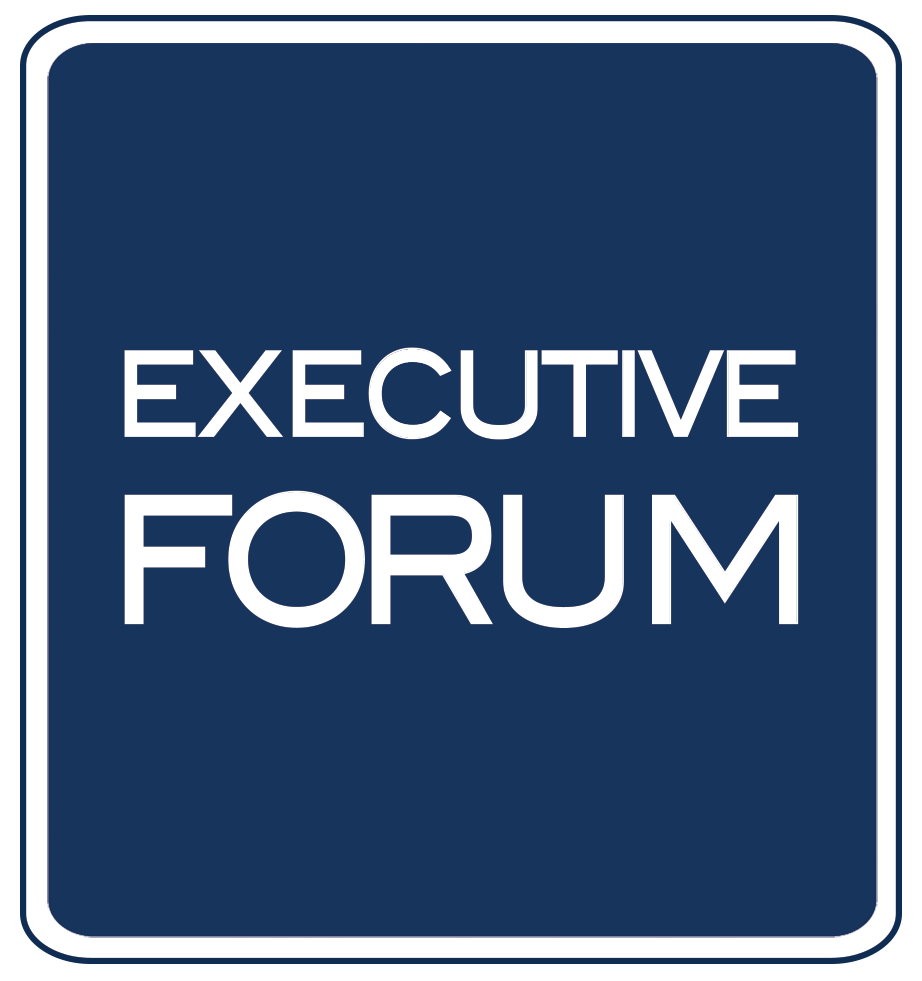 “Are you still there?”
“Are you still there?”
That phrase always makes me laugh when it pops up on my TV as I binge watch a season of Netflix shows in one sitting. I always think, “I’m not sure…am I still here? Is it still light outside? How many episodes have I even watched?”
Sure, I’m breathing and have a pulse, but I’ve been sitting in one spot for so many hours that my Fitbit thinks I’m sleeping. Netflix has popularized binge-watching so pervasively that we associate this kind of extreme passive digital consumption with the entertainment platform.
Perhaps that’s why it’s so disturbing to hear HR Departments and Management teams celebrate the cost-savings they’ve discovered by the “Netflixization” of their corporate learning content. I have no doubt that storing hours of streaming content on a digital platform is cost-efficient, but to what end? When pressed for ROI, vendors of these “learning” systems often report the hours of consumable content available and the number of hours watched. They also promote positive learner satisfaction surveys before they quickly turn back to their cost-savings talking points.
In many ways, today’s LMS is sophisticated. Instead of a massive online library of searchable content, the courses (or bursts) are curated based on learner behaviors and complicated algorithms that suggest additional relevant topics the individual might want to consume. The personalization of content is attractive to HR and learners alike as it is a massive improvement to previous popular eLearning functionality. Micro-learning certainly has a valuable place in organizations. Just-in-time, mobile, gamified learning can solve a number of compliance training and onboarding needs. It’s not really the LMS that is the problem. It’s the application.
What the Netflixization of corporate learning cannot support is behavioral change, and that’s where the problem lies for many organizations. Applying micro-learning solutions to macro-learning needs is a disaster waiting to happen. Behavioral change takes engagement, exercises, practice, feedback, coaching, reflection, more practice, and more coaching. It is through real-world discovery that we uncover priceless ah-ha moments, not through passive binge consumption of generic learning content. But when an organization has spent 6 figures on an exciting new AI, cloud-based LMS, they tend to push all learners there first for development issues. In other words, when your only tool is a hammer, you tend to treat everything like a nail. The LMS might not actually be the organization’s only tool, but it’s a tool they likely need to justify with active users.
“Joe is having trouble getting along with others? The LMS says he took the course on conflict, though.”
“Mark is struggling to transition from an individual contributor to a frontline supervisor? Check with the LMS.”
“Lou’s remote team is struggling to trust him. The LMS vendor says there are millions of hours of content. I’m sure there’s a course on there to solve the problem.”
When presented with a personnel development need, before you turn to the LMS, consider what kind of change is necessary. Behavioral change is a gradual process that is complex and requires both interaction and inner drive. Neither of these are a match for a couch-potato (Are you still there?) approach to learning. Remember, you won’t find change where the goal is a checkmark.

